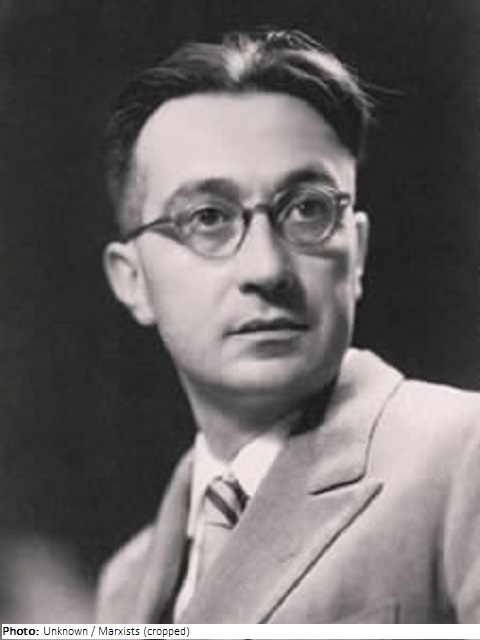
| Roles | Referee |
|---|---|
| Sex | Male |
| Full name | Giulio Carlo Giovanni Viatore Giuseppe Ubaldo Giovenale Paolo•Argan |
| Used name | Giulio Carlo•Argan |
| Born | 17 May 1909 in Torino, Torino (ITA) |
| Died | 11 November 1992 (aged 83 years 5 months 25 days) in Roma, Roma (ITA) |
| NOC |  Italy Italy |
Giulio Carlo Argan studied art history at the University of Turin and was particularly interested in architecture. In 1931, he graduated with a thesis entitled “La teoria di architettura di Sebastiano Serlio”. As early as 1928, he joined the Fascist Party, of which he became increasingly critical, although he continued to work within the institutions of the regime.
In 1933 Argan joined the Administration of Antiquities and Fine Arts. He became an inspector in Turin, then in Modena, and finally in the general directorate in Rome, where he was also editor of the journal Le Arti. He made a trip to the United States in 1939. In the early 1940s, he worked regularly for the magazines Primato and Il ventuno domani.
In the postwar period, Argan championed abstract art and modern architecture in books and writings and was also involved in urban planning, museology, and design. He also published monographs on Renaissance artists and developed a new interpretation of Baroque art. From 1955, he taught at the University of Palermo and four years later was appointed to the chair of History of Modern Art in Rome. He was head of the modern section of the Enciclopedia Universale dell’Arte. In 1958, he became a member of the Supreme Council of Antiquities and Fine Arts. The International Association of Art Critics appointed him its president in 1963. He also became a member for Italy of the Comité International d’Histoire de l’Art, of which he was elected president in 1979.
In the 1960s, Argan played a leading role in the debate on the development of the most modern currents in art. In 1968, he published Storia dell’arte italiana, followed by L’arte moderna 1770-1970, and he became a member of the Academy of Sciences in Turin. The following year he founded the journal Storia dell’arte.
A respected representative of the left, Argan was the first non-Christian Democratic mayor of Rome in 1976-79, elected as an independent on the list of the Italian Communist Party. During his term, in a very difficult period for the city of Rome, marked by terrorism, social tensions, and the underworld, the experiment of the “Roman Summer” cultural program was launched, which was to become a regular event. From 1983-92, Argan was a senator for two terms, again on the lists of the Communist Party. In 1991-92, he assumed the post of “Minister” of Cultural and Environmental Heritage for the Democratic Party of the Left in the so-called “shadow government”.
In 1982, Argan donated his library to the University of Rome La Sapienza, which appointed him Professor Emeritus. He published his last book, Michelangelo architetto, in 1990. One of his last public actions was the founding in 1991 of the “Associazione Bianchi Bandinelli” to promote collaboration between research and cultural heritage preservation.
In 1984, Argan was one of the famous victims of the “Livorno hoax”, since he asserted with certainty the authenticity of the three heads found in Livorno and attributed to artist Amedeo Modigliani (1884-1920), which later turned out to be forgeries.
| Games | Sport (Discipline) / Event | NOC / Team | Phase | Unit | Role | As | |
|---|---|---|---|---|---|---|---|
| 1948 Summer Olympics | Art Competitions |  ITA ITA |
Giulio Carlo Argan | ||||
| Painting, Paintings, Open (Olympic) | Final Standings | Judge |